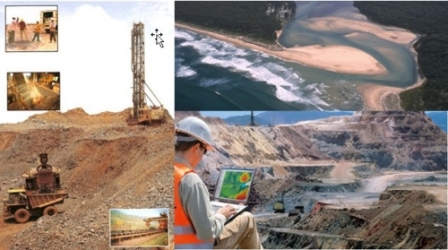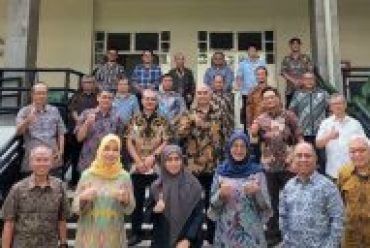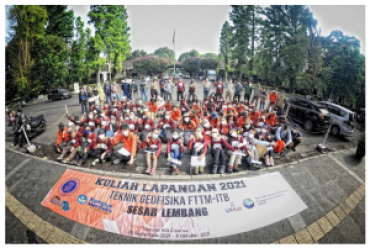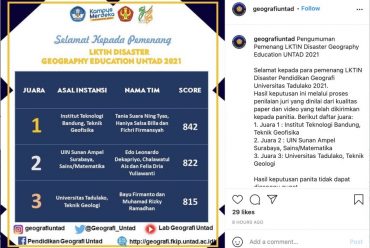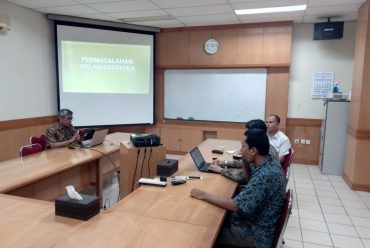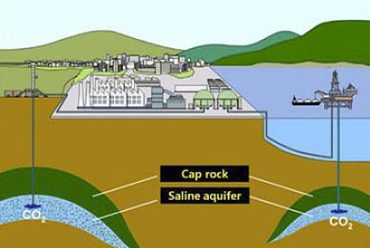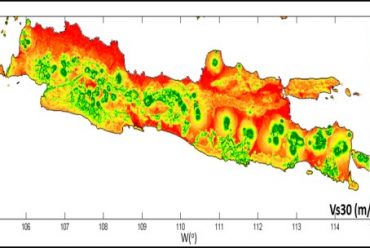Magnetic and Magnetotelluric Methods in Mining
It cannot be denied that Indonesia is rich in natural resources, one of which is mining products. However, until now, solid mineral exploration in Indonesia is still limited to shallow depths. Luckily, the distribution of agricultural deposits can still be directly observed on the earth’s surface or from drill data. Over time, the availability of exploited minerals near the earth’s surface is decreasing. Therefore, the challenge that exists is how to estimate the distribution of mineral deposits deep beneath the earth’s surface. With the support of sufficient geological data, geophysical methods can be used to estimate the accuracy of the existence of mining minerals.
In a mineral deposit exploration study, a geophysical survey is carried out by studying differences in the physical properties of the target rock such as density, electrical properties and magnetism to find out information on the structure, distribution and quantity of minerals present.
The magnetic method is based on measuring the magnetic susceptibility of rocks, for example due to the presence of magnetic mineral or metal elements in the rock. Several other minerals will also respond to magnetic measurements and percentage variations can be estimated. Therefore, this method is suitable for use in the exploration of minerals that have magnetic properties such as iron ore associated with granite. Positive magnetic anomalies will be influenced by ferromagnetic induction contained in granite.
The magnetotelluric (MT) method is used to map subsurface resistivity. Even though it is still rarely used in the mining industry, the demand for mining potential minerals at depths of 500 to 1500 meters is always increasing. At this depth, the resolution power of the EM or IP method is greatly reduced. The MT method is an appropriate choice because it is known for its large depth coverage and sensitivity to subsurface conductors.

